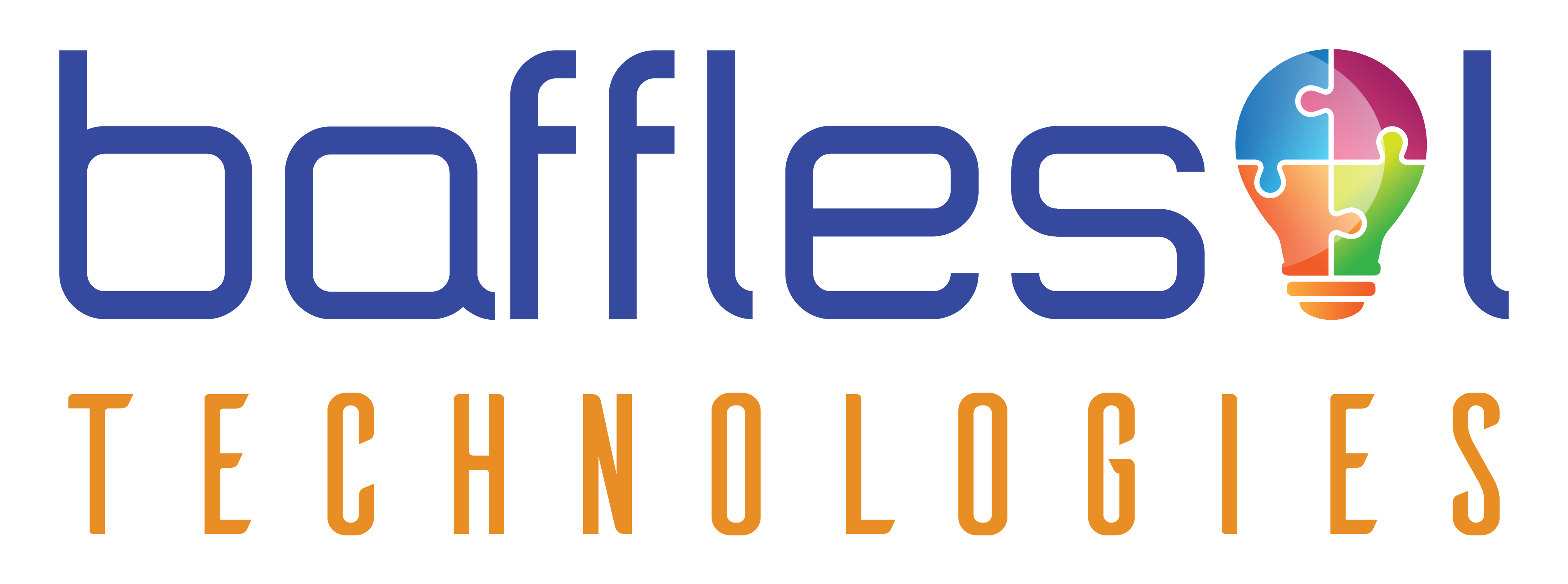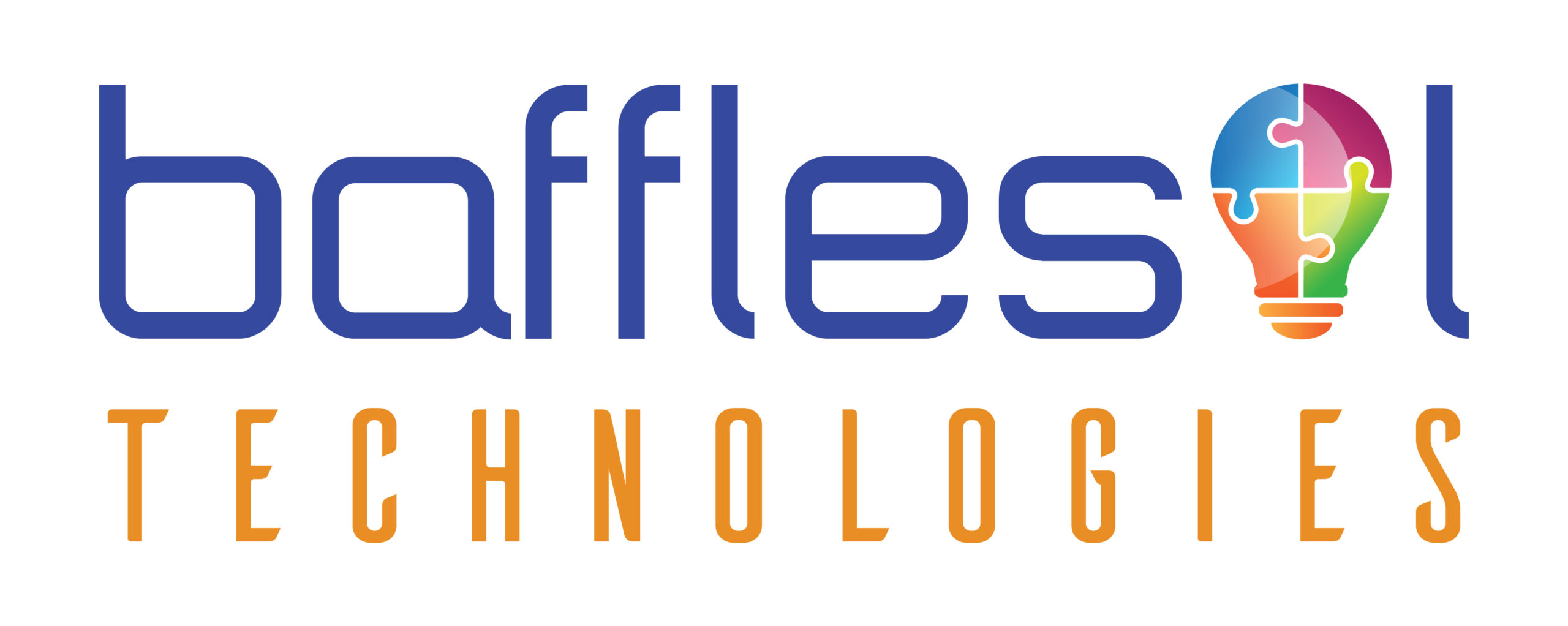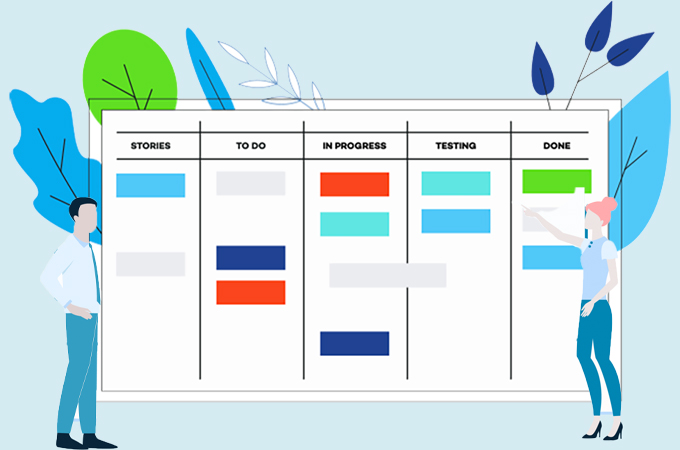Product management is a complex and dynamic process that requires careful coordination and planning. One approach that can help teams to streamline their work and achieve better results is Kanban. In this blog post, we’ll explore how you can use Kanban for product management and how it can help you manage your product backlog, track release progress, and improve your overall workflow.
Kanban is a Japanese term that translates to “signboard” or “billboard.” In the context of product management, it refers to a visual system for tracking and managing work. Kanban boards typically consist of columns that represent different stages in a process, such as “To Do,” “In Progress,” and “Done.” Cards or sticky notes represent individual tasks or items and are moved from column to column as they are completed.
The key benefit of using Kanban, especially in product management, is that it allows teams to see the entire workflow at a glance. This makes it easy to identify bottlenecks, delays, and areas for improvement. Additionally, Kanban is a pull-based system, meaning that work is pulled through the process as needed rather than being pushed through by a schedule or deadline. This helps teams to focus on what is most important and avoid wasting time on tasks that are not critical.
When it comes to product management, Kanban can be used in a variety of ways. Some common uses include:
- Managing product backlogs: Kanban boards can be used to visualize and prioritize the backlog of features, enhancements, and bug fixes that need to be implemented.
- Tracking progress on product releases: Kanban boards can be used to track the progress of product releases from the planning phase to launch.
- Managing sprints: Kanban can be used to visualize the work that needs to be done, what is in progress and what is done.
- Managing customer requests: Kanban can manage customer requests, tracking them from initial requests to implementation. This helps teams address the most critical customer needs and save time on low-priority requests.
To get started with Kanban in your product management process, there are a few key steps you’ll need to take:
- Identify the process: The first step is to identify the process or the workflow you want to improve with Kanban. This could be anything from managing product backlogs to tracking progress on product releases.
- Set up the board: Once you have identified the process, set up a Kanban board to visualize it. This can be done using physical sticky notes on a whiteboard or using digital tools such as Trello or Asana.
- Define the columns: Define the columns on the board that will represent the different stages in the process.
- Create cards: Create cards or sticky notes to represent individual tasks or items.
- Implement the pull system: Implement the pull system by creating a workflow that defines how work is pulled through the process.
- Continuously improve: Monitor and improve the process, looking for ways to optimize it and make it more efficient.
In conclusion, Kanban is a powerful tool for visualizing and managing workflow in product management. It allows teams to see the entire workflow at a glance and identify bottlenecks, delays, and areas for improvement. By leveraging Kanban in your product management process, you can increase efficiency and productivity and ultimately help your business to become more competitive and profitable.



